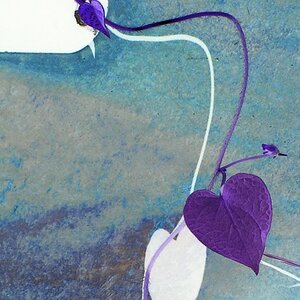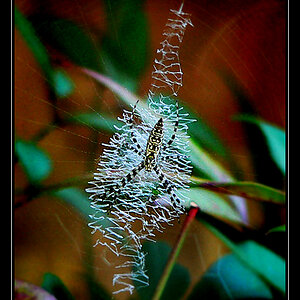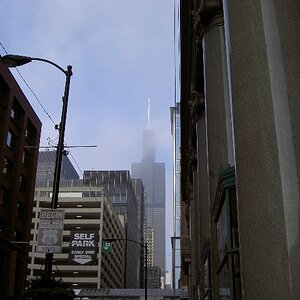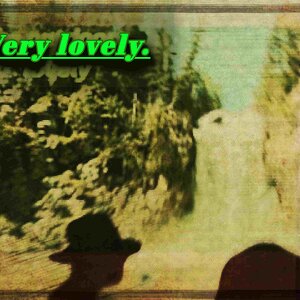LeroyLion
TPF Noob!
- Joined
- Aug 21, 2008
- Messages
- 42
- Reaction score
- 0
- Location
- Plainfield, Indiana
- Can others edit my Photos
- Photos OK to edit
So, I finally got my slr about a week ago and Ive been playing around with it quite a bit. I understand aperture size and shutter speed fairly well, but Im still having trouble with ISO. Im just wondering if there are any real guidelines for ISO settings, or if its just one of those hit or miss, you get better as you go kind of things.


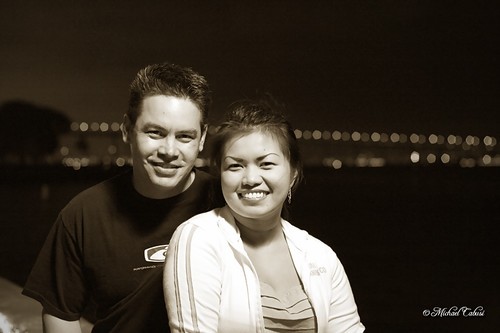
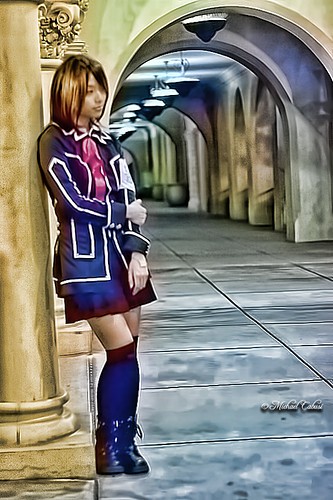
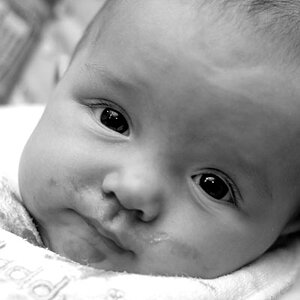
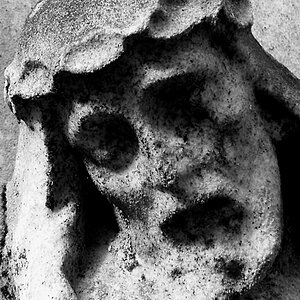
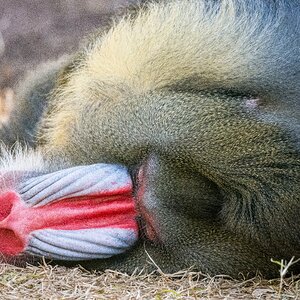
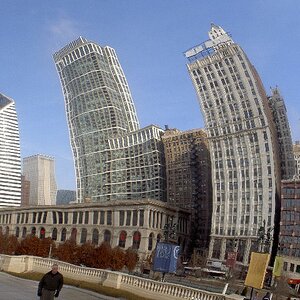
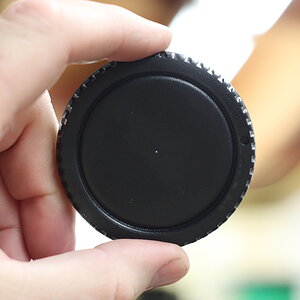
![[No title]](/data/xfmg/thumbnail/32/32634-5acd0e44e1d927b93e8723d9184555d9.jpg?1619735554)
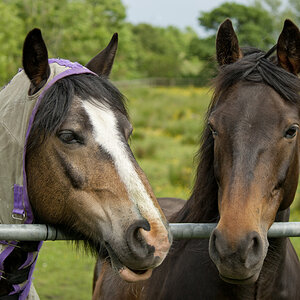
![[No title]](/data/xfmg/thumbnail/40/40292-bee9ec3dc0cd7f6c47df7466ae1fa3d2.jpg?1619739409)
